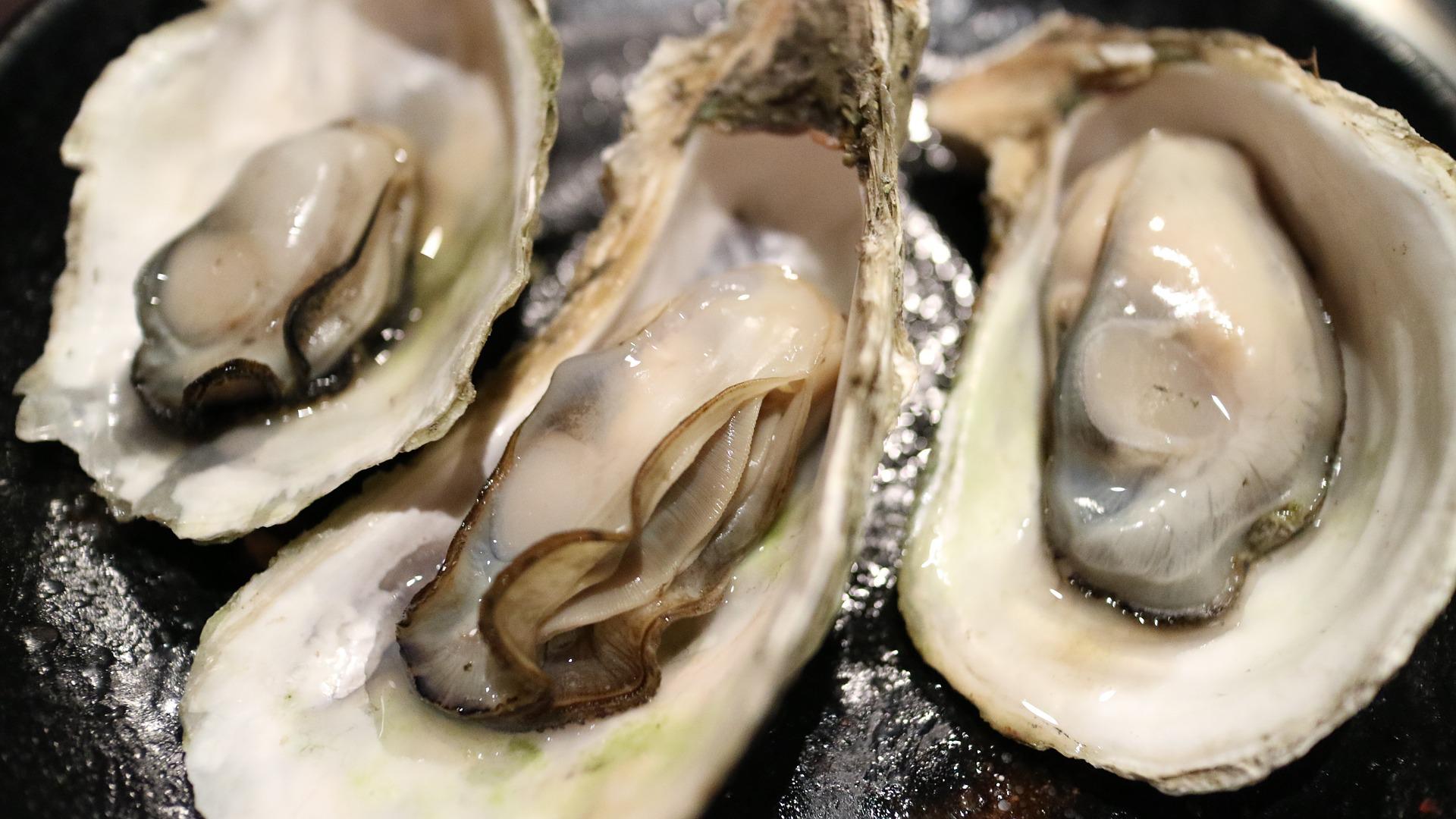

What’s the weirdest thing you learned this week? Well, whatever it is, we promise you’ll have an even weirder answer if you listen to PopSci’s hit podcast. The Weirdest Thing I Learned This Week hits Apple, Anchor, and everywhere else you listen to podcasts every-other Wednesday morning. It’s your new favorite source for the strangest science-adjacent facts, figures, and Wikipedia spirals the editors of Popular Science can muster. If you like the stories in this post, we guarantee you’ll love the show.
Fact: There’s a right and wrong time to eat wild oysters
By Sara Kiley Watson
According to some, oyster season only truly happens when the months of the year have an “R” in them. While the validity of that is contested, it apparently has some deeply seeded roots in the native populations of the southeastern US.
The first part of this myth is based on pretty simple science—oysters in the summer tend to be in their youth phase. They can be fatty, watery, soft, and lack flavor versus a more mature, tasty oyster in chilly months with the firm texture and brine many have come to love. Bacteria like Vibrio parahaemolyticus have caused illnesses in harvesting areas throughout the summer. They can cause vomiting, diarrhea, and the like when someone eats a raw oyster.
But, humans have been eating oysters for thousands of years before we knew about bacteria. Oyster shells have been found in “shell rings” littered across the coasts of places like South Carolina, Georgia, and Florida. These shell rings are circular or semi-circular “middens” of shells, pottery, bones, soil, and other artifacts. Researchers from the Florida Museum found that the islanders living on St Catherine’s were primarily foraging or capturing oysters in the chillier times of year—aka the R months. Why they did this is a bit of a mystery—maybe trial by error of sickness, perhaps merely a tastiness issue. But one of the authors suggests it could also be one of the earliest records of “sustainable harvesting,” because leaving the oysters to spawn in the summer helps guarantee a replenished stock for the next season’s big chow down.
So, the R month legend has thousands of years of history. But a lot of stuff has happened, technologically, climate-wise, science-knowledge-wise, since the days of the shell ring. Namely, refrigeration. Nowadays, you can get your oysters farmed any time of the year with exposure to hot summer air and water, the big issue when it comes to icky bacteria, under control. But if you’re fishing oysters out of the sound on your own, it is probably best to eat them in cold seasons—for your health and taste.
Fact: Project Plowshare was an ambitious, nuclear fail
By Laura Krantz
In the wake of WWII, the US government was looking for peaceful ways to use atomic power. One of their most ambitious (and insane) programs was called Project Plowshare, which would use nuclear explosives for big public works projects, like building harbors and canals, and extracting natural gas. Here’s a brief and incomplete list of some proposals that were put forth: Widening the Panama Canal, blasting underground aquifers in Arizona to connect them, cutting a road through the California mountains to help build the interstate, and using hydrogen bombs to create a new harbor in Alaska. Not all of these were pipe dreams. In Rulison, Colorado, scientists detonated a nuclear bomb underground in the hopes of freeing natural gas trapped in the rock. It worked but the gas was so contaminated with radioactivity that it couldn’t actually be used. Officials eventually mothballed these public works projects in 1978, although similar ideas still crop up every now and then like the time a former American president—I’ll let you guess which one—repeatedly floated the idea of nuking a hurricane to prevent it from making landfall.
FACT: Erectile dysfunction treatments have a shocking, somewhat contentious origin story
By Rachel Feltman
This week’s Weirdest Thing fact is one pulled from my recently published book, “Been There, Done That: A Rousing History of Sex.” Here’s a little snippet:
“Giles Brindley is undeniably a man of many and varied talents. In the 1960s, the UK native developed a neuroprosthesis capable of restoring some sight to the blind and casually invented an instrument he dubbed the “logical bassoon.” According to a 2014 profile published in the British Journal of Neurosurgery, he spent his sixties taking up marathons and relay racing; as this book went to print, he was in his nineties and studying the origins of falsetto. Brindley is a polymath if ever there was one. But if he wanted to be most remembered for his life-altering work in prosthetics, his sexagenarian sportsmanship, or his endeavor to create a more perfect bassoon—well, he shouldn’t have flashed a room full of people in Vegas.”
Check out this week’s episode—or grab a physical, digital, or audio copy of “Been There, Done That” (narrated by yours truly)—to hear more about Brindley’s surprisingly scientific flashing incident.
